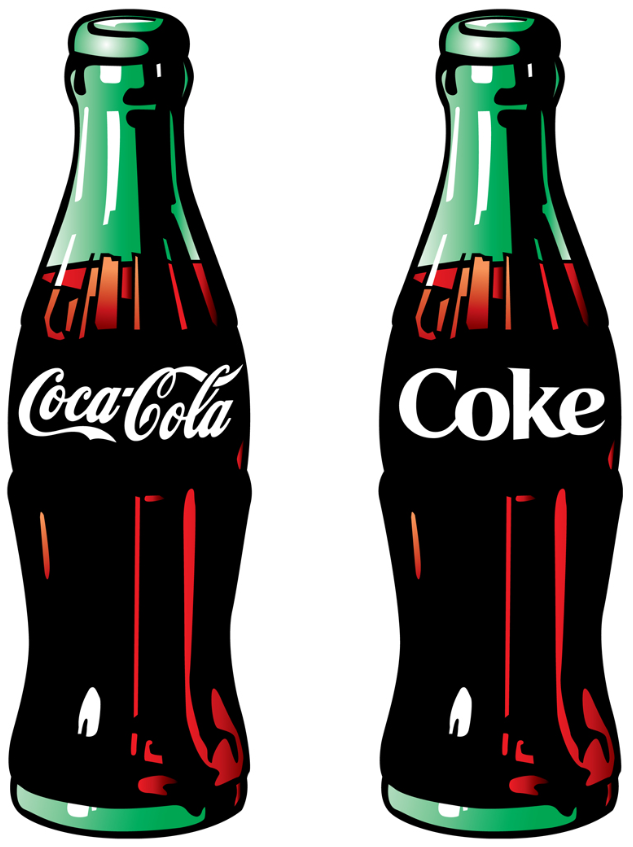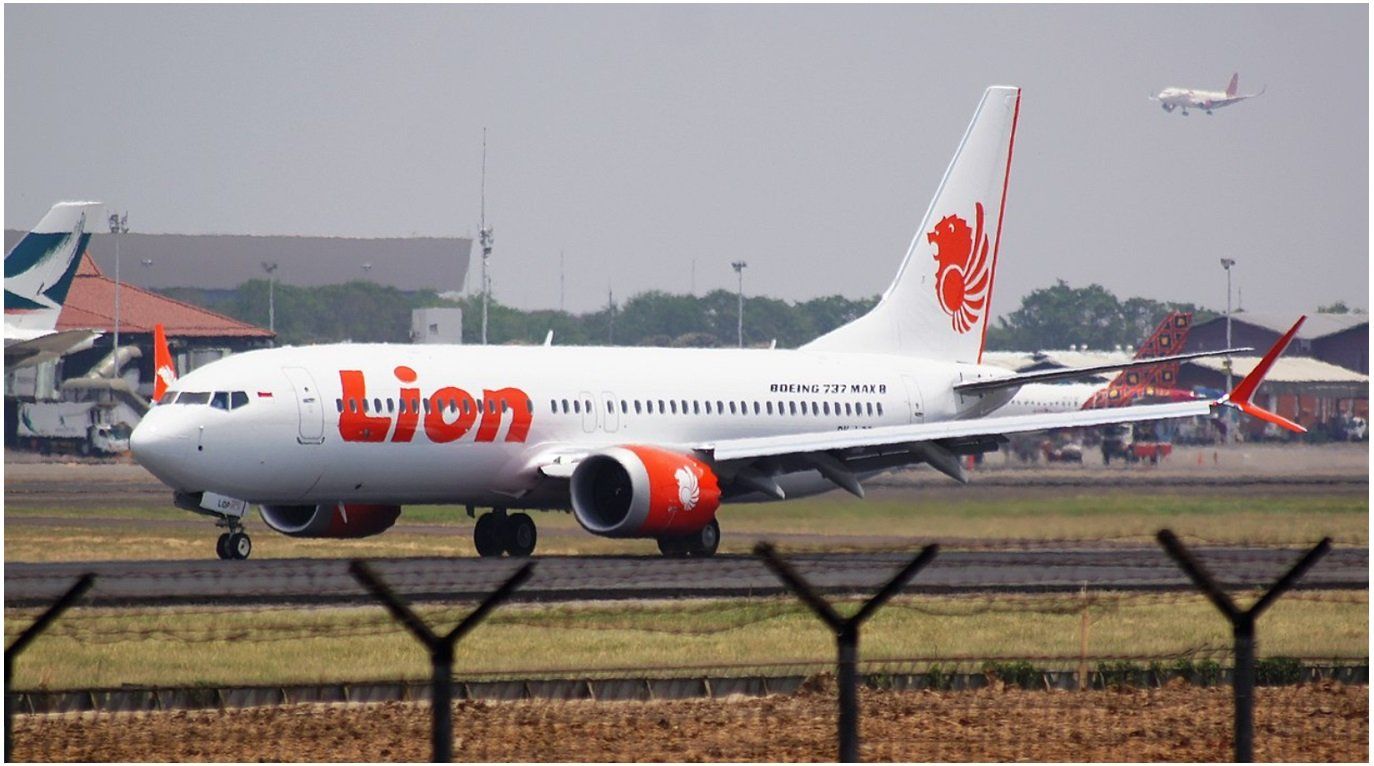WHEN THE BEST BEATS THE BIG
Fortune has published its annual “The 100 Best Companies To Work For” (Milton Moskowitz and Robert Levering, March 15, 2015, pp. 97–154). I would like to focus for a moment on the top ten. Here they are as ranked on the list and with their number of employees cited:
- Google (44,862)
- Boston Consulting Group (2,701)
- Acuity (1,039)
- SAS Institute (6,647)
- Robert W. Baird (2,822)
- Edward Jones (37,164)
- Wegmans Food Markets (43,211)
- Salesforce.com (10,146)
- Genentech (12,895)
- Camden Property Trust (1,746)
Companies can be measured by many different characteristics and variables. For example, no one would demean any company for being on the Fortune 500 list. When companies are ranked by total revenue, even if your company comes in at number 500, that remains a significant achievement.
Total revenue is obviously very important, but it only tells us part of the story. For example, on the top 10 out of the 100 best companies to work for, we find just one company that also appears on the Fortune 500 list. Google shows up as number 46. The remaining nine did not show up anywhere on the Fortune 500 list. (In fairness, among the remaining 90 companies, some did make both lists, but as a whole, the best-workplace group still did not have a strong showing on the Fortune 500 list.) Perhaps this is a case of the best beats the big. This raises some interesting and challenging questions:
- Is it easier for a non-Fortune-500 company to build an exceptionally great corporate culture and if so, why?
- What will a Fortune-500 company have to do to build an exceptionally great corporate culture?
- Can the drivers of high revenue be compatible with the drivers of an exceptionally great corporate culture?











